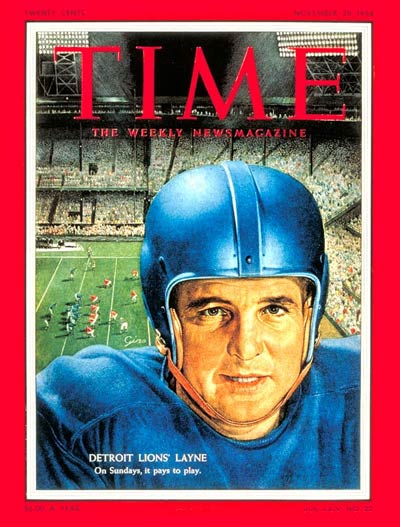
This year’s football season kicks off with the Sept. 4 game between the Seattle Seahawks and Green Bay Packers. For decades, professional football teams faced off across the country, but they were largely ignored by TIME. It wasn’t until 1954 that a professional player landed on the cover of the publication (31 years after the magazine’s founding and decades after professional football leagues first formed).
The first football player to appear on the cover of TIME was Red Grange, in 1925. Back then, even though the NFL existed, football was largely a college affair. Grange, the most famous player of the time, was a halfback for the University of Illinois. He would go on to play professionally, but his fame came as an amateur. For decades, that “college first, professional second” ranking continued. In 1934, the magazine had to use the Rose Bowl as a reference point so that readers would understand the importance of the NFL championship. By 1940, thanks in part to celebrities like Grange deciding to keep playing after college, things had begun to change: a writer noted with astonishment that the New York Giants no longer had to give away free tickets to get people to come to games.
And then, in 1954, Bobby Layne of the Detroit Lions became the first-ever professional football player to appear on the cover of TIME magazine, for a cover story declaring that the pros had finally come out on top:
In the Los Angeles Coliseum, 102,000 fans, largest crowd of the season, sweltered in 101° heat while U.C.L.A., the nation’s top team, ran all over the ‘ University of Southern California in the last six minutes and won the Pacific Coast championship, 34-0. Back in the East, a left-handed passer named Frank White lobbed a 39-yd. toss over the heads of the Yale secondary and Harvard won its first Big Three title since 1941 (13-9). In the Southwest, Oklahoma trounced the Nebraska Cornhuskers, 55-7, to take its seventh successive Big Seven title. And in the second oldest college rivalry in the country, dear old Rutgers walloped Columbia (45-12) for the first time since 1891.
It was a Saturday for the record books — filled with screeching runs and moaning fumbles, with sad upsets and the wild enthusiasm of undergraduate loyalties. But on Sunday, fans who wanted to see football at its best turned out to see the pros. From Green Bay, Wis. to New York’s Polo Grounds, stadiums rocked to the sound of big men butting heads for cash. In the fall of 1954, a large part of the U.S. public is learning what dedicated sportsmen have been saying for years: that Saturday’s college boys play a game, while Sunday’s pros practice a high and violent art. After half a century of trying to capture the fans’ fancy, pro football has finally made the grade.
In the decades to follow, that declaration would hold true, as famous names from Joe Namath to Joe Montana followed in Layne’s footsteps.
Time subscribers: read the full 1954 story about the growth of the NFL here, in TIME’s archives.


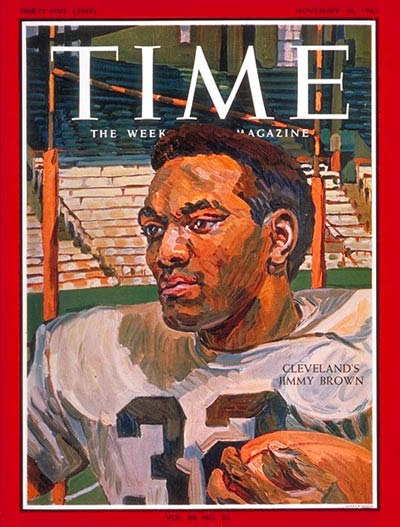

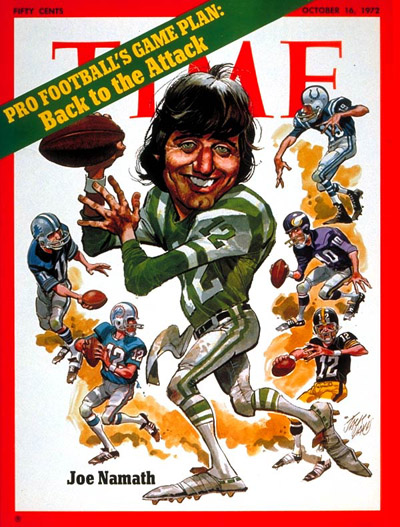

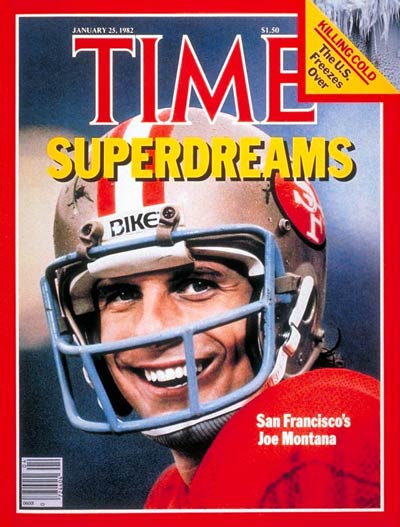
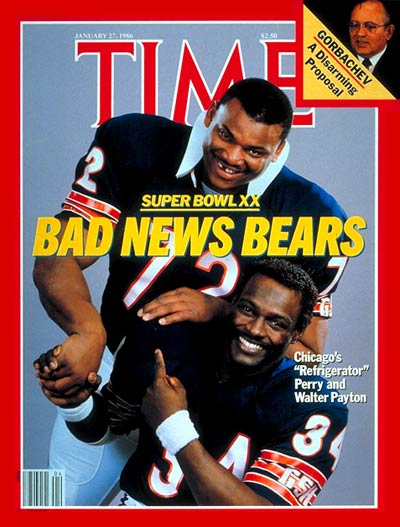
More Must-Reads From TIME
- The 100 Most Influential People of 2024
- The Revolution of Yulia Navalnaya
- 6 Compliments That Land Every Time
- What's the Deal With the Bitcoin Halving?
- If You're Dating Right Now , You're Brave: Column
- The AI That Could Heal a Divided Internet
- Fallout Is a Brilliant Model for the Future of Video Game Adaptations
- Want Weekly Recs on What to Watch, Read, and More? Sign Up for Worth Your Time
Write to Lily Rothman at lily.rothman@time.com